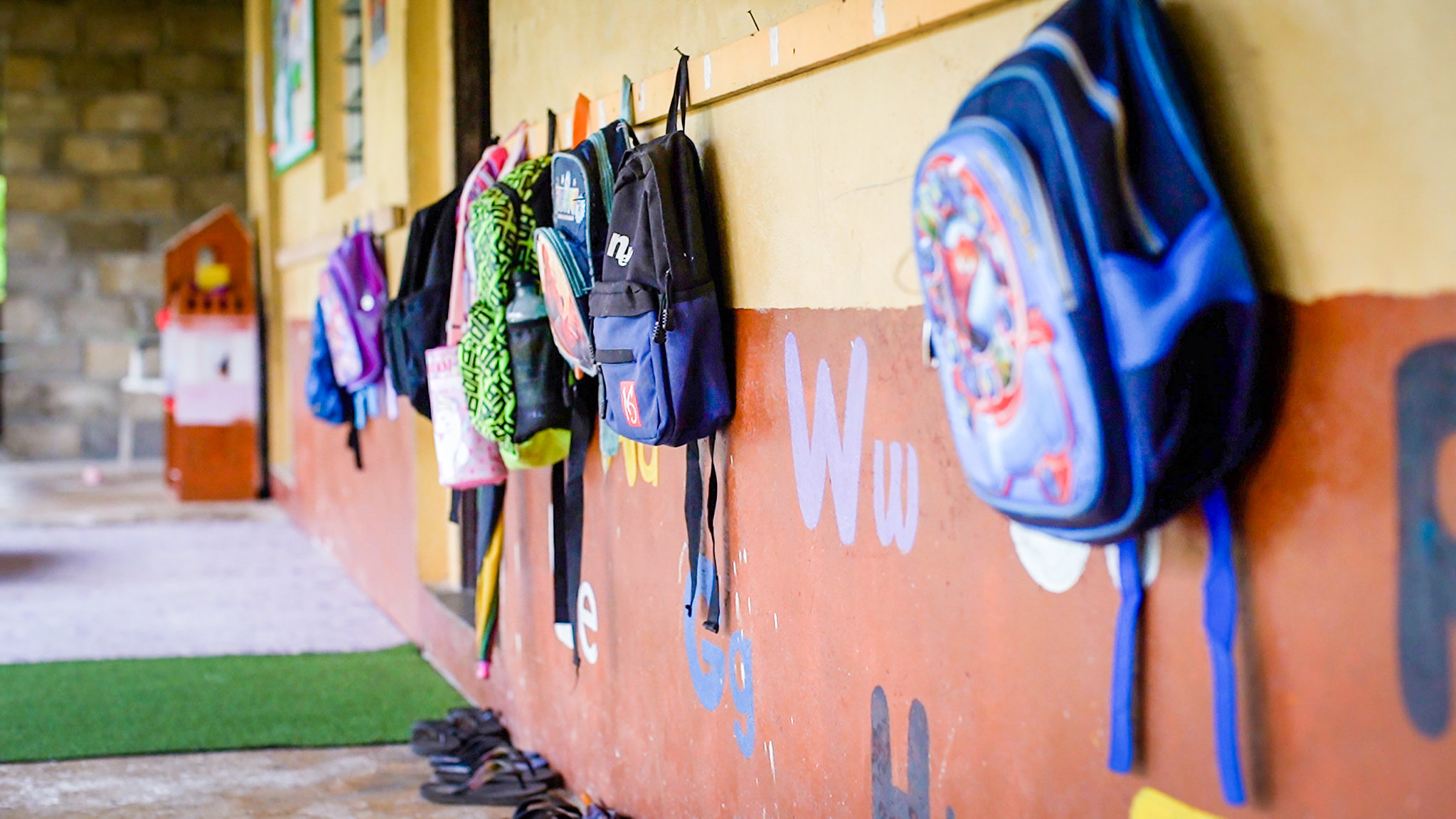Why Is It Important to Talk About the Resilience of Education Systems?
13 de June de 2025

Share
Santiago Cueto, leader of the Observatory for Educational Resilience in Latin America and the Caribbean, AdaptED, emphasized the importance of understanding how countries have responded to crises in order to learn from these experiences for the future. According to the expert, the key is to safeguard the right to education and ensure its continuity, especially for the most vulnerable students.
Hurricanes, pandemics, violence, and forced migration are just some of the crises that have strongly impacted countries in Latin America and the Caribbean in recent years. Their consequences go beyond the loss of housing or the collapse of health systems—they also undermine countries’ ability to guarantee the right to education. And this impact is not the same for everyone. In most cases, those who suffer the most from these disruptions are those already living in vulnerable conditions: students from poor or rural areas, migrants, students with disabilities, or those belonging to Indigenous communities.
A clear example of this was the Covid-19 pandemic. Well-resourced education systems were able to respond and continue remote classes, while more vulnerable countries faced and had to solve multiple challenges—especially for students in remote areas with limited internet connectivity.
Given this reality, and with the aim of improving responses to crises, the concept of educational resilience has gained global relevance. But what does it mean, and how is it understood by educational actors? Why is it urgent to talk about resilience in our region? These are some of the questions reflected on by Santiago Cueto, principal investigator at GRADE and leader of AdaptEDthe first observatory dedicated to studying the resilience of education systems in Latin America and the Caribbean. This initiative is led by GRADE, SUMMA and UNICEF LACRO, with the support of Canada’s International Development Research Centre (IDRC).
The AdaptED project works with 11 priority countries in the region that are part of the Global Partnership for Education (GPE): Belize, Dominica, El Salvador, Grenada, Guatemala, Guyana, Haiti, Honduras, Nicaragua, Saint Lucia, and Saint Vincent and the Grenadines.
Crises Don’t Affect Everyone Equally
“The pandemic is a clear example of how a crisis can disrupt educational services. For two years, in many countries, in-person classes were suspended. Some students were able to stay connected online, but others simply lost all access to education,” explains Cueto. He adds: “This doesn’t happen equally. A child in a rural area, living in poverty, belonging to an Indigenous community or having a disability is much more likely to be left out of the system when a crisis occurs. And if these conditions overlap, the impact is multiplied.”.
That’s why AdaptED promotes an intersectional approach—one that doesn’t analyze poverty, gender, disability, or ethnicity as isolated factors, but rather as interacting conditions that deepen educational inequality in times of crisis.
Exploring how and which methodologies helped education systems respond—and using those insights to strengthen tools to face future crises—is part of AdaptED’s objective in working with the 11 countries of interest. “We’re interested in seeing how countries with similar contexts—frequent natural disasters, migration crises, high inequality—confront these challenges. We want to learn from their responses and promote effective, contextually appropriate solutions,” says Cueto.
In Cueto’s view, education systems must anticipate, adapt, and transform through collective efforts—especially because “risks are not decreasing. On the contrary, we are seeing more natural disasters, more conflicts, more forced migration. That’s why it’s so important to build systems that can face these threats without leaving the most vulnerable students behind,” he concludes.
What Is a Resilient Education System?
For Cueto, the answer is clear: “A resilient education system is one that guarantees the right to education even in times of emergency or adversity.”. Achieving this, however, is not easy. It requires countries to have structures, processes, and people prepared to respond quickly, anticipate risks, and coordinate solutions across different sectors and with international actors.
“It’s not enough for the Ministry of Education to act alone. Coordination is needed with sectors like health, economy, risk management, migration, social protection, and private actors. And in many cases, also with international agencies, because the challenges are shared,” he explains.


